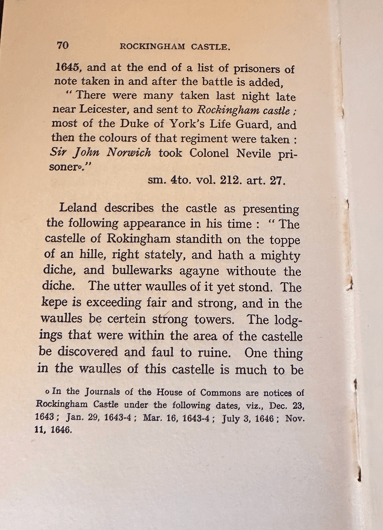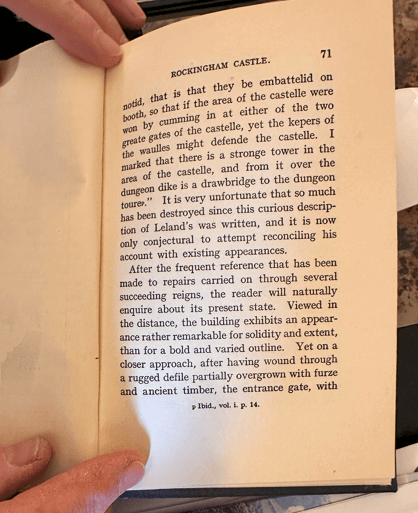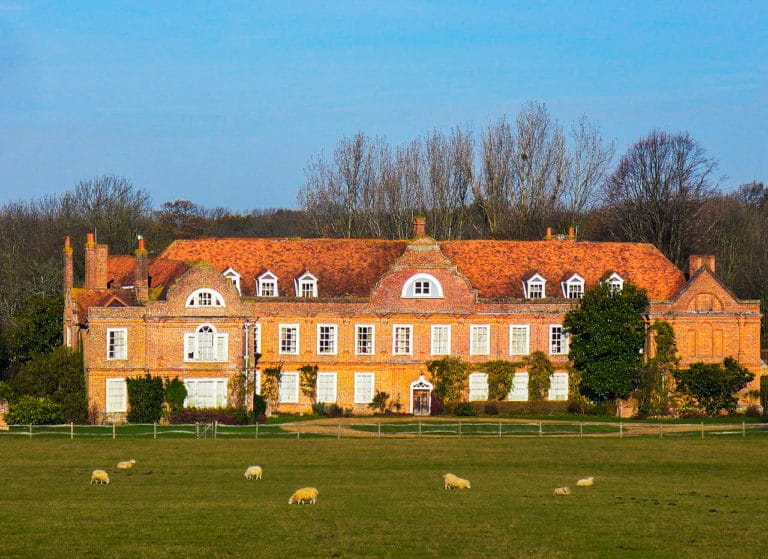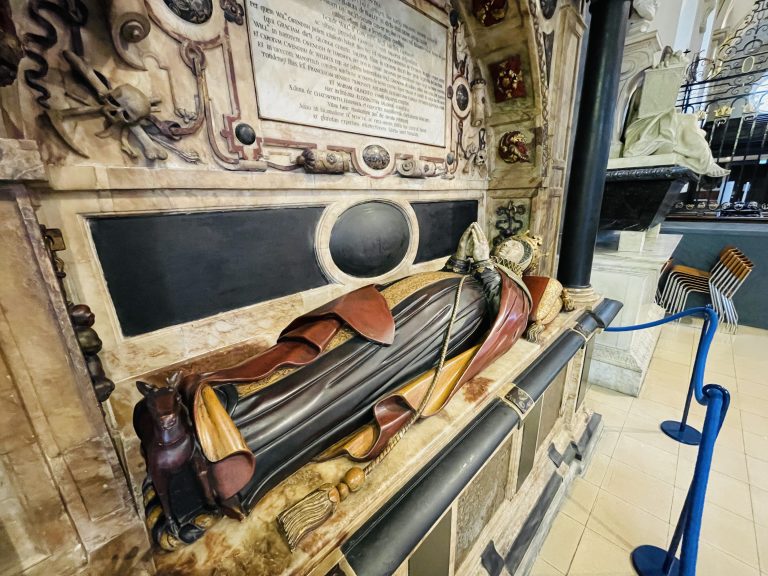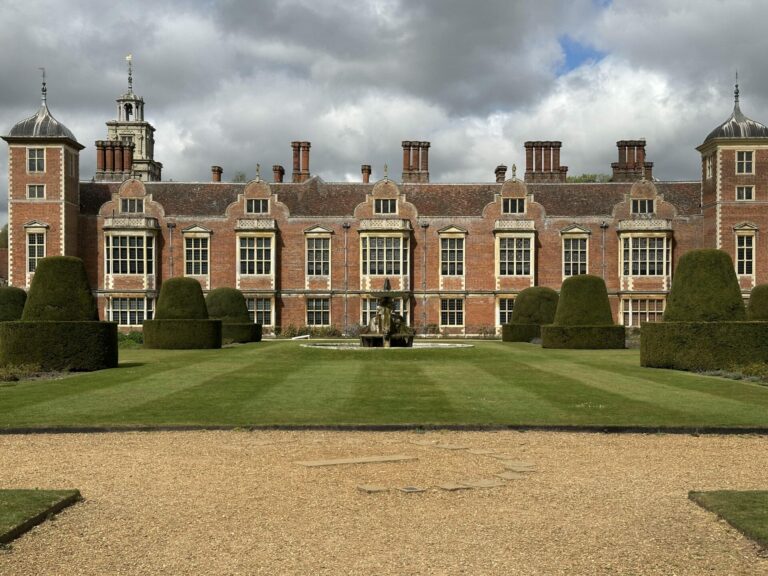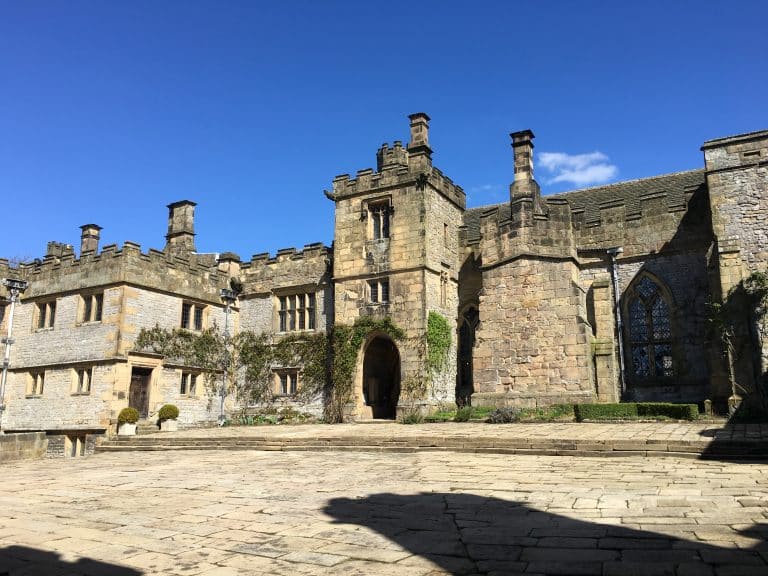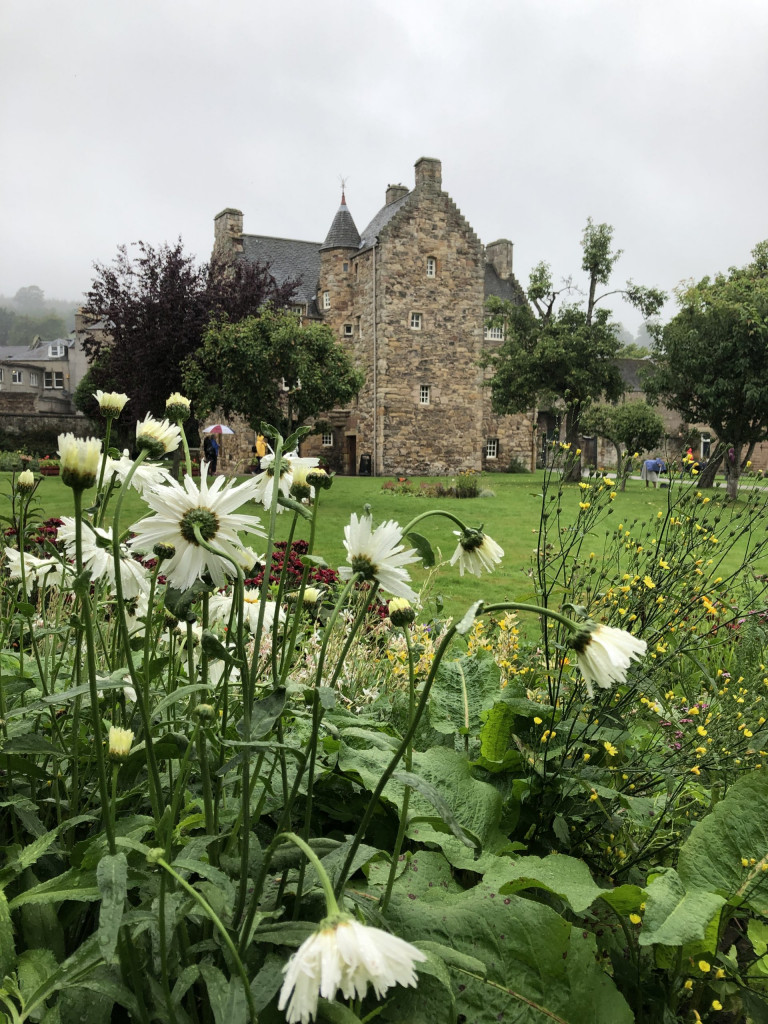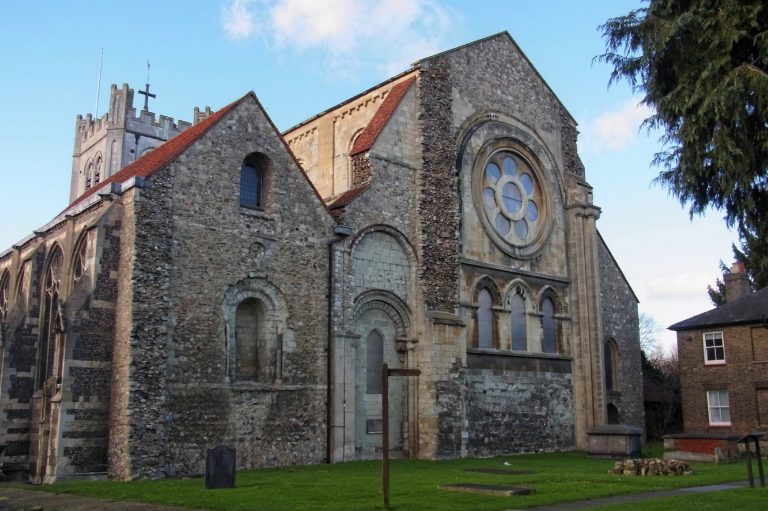Rockingham Castle: A Tudor Transformation From Fortress To Home
Note: This is a show notes page accompanying my on-location podcast, recorded in the winter of 2025.
An Introduction to Rockingham Castle
Rockingham Castle, in Northamptonshire, has a rich history of over 900 years. It was originally built by William the Conqueror in the late eleventh century as a motte-and-bailey castle to help consolidate Norman rule in England. Positioned on a high ridge overlooking the Welland Valley, it was strategically important.
During the medieval period, English monarchs frequently used Rockingham Castle as a royal hunting lodge and stronghold. In the thirteenth century, King Edward I ordered improvements to the fortifications, but by the fourteenth century, its military significance declined, and it was more commonly used as a royal administrative centre.
In 1544, during the reign of Henry VIII, the castle was granted to Edward Watson, an ancestor of the Watson family, who transformed it into a grand Tudor mansion. The Watsons have owned and lived in the castle ever since. Over the centuries, the house has been expanded and remodelled, blending medieval, Tudor and Victorian architectural styles.
During the English Civil War (1642–1651), Rockingham Castle was held by the Royalists but was eventually captured by Parliamentarian forces in 1643. Rockingham survived largely intact, unlike many other slighted castles (which were damaged to prevent further military use). Today, Rockingham Castle is still owned by the Watson family and is open to the public.
Rockingham Castle During Tudor Times
Rockingham Castle underwent a major transformation during the Tudor period, shifting from a medieval fortress into a comfortable family home. In 1544, King Henry VIII granted the castle to Edward Watson, a wealthy landowner from Yorkshire. Rather than demolishing the medieval structure, Watson adapted it, creating a more hospitable residence while retaining some of its defensive features, such as the curtain walls and towers. Large windows were added to let in more light, and the interior was reconfigured to provide greater comfort for the family and their guests.
Rockingham retains much of its medieval layout and some Tudor features, including decorative brick chimneys and timber panelling.
Below is a gallery of accompanying images taken during my on-location visit. You can listen to the podcast episode here or by clicking the button below:
Listen to the podcast
Rockingham Castle Image Gallery
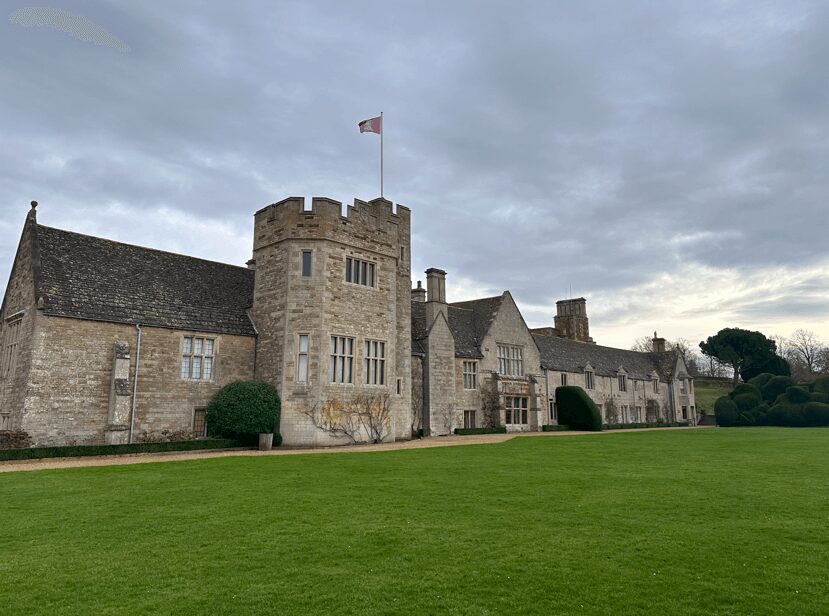
Image © The Tudor Travel Guide.
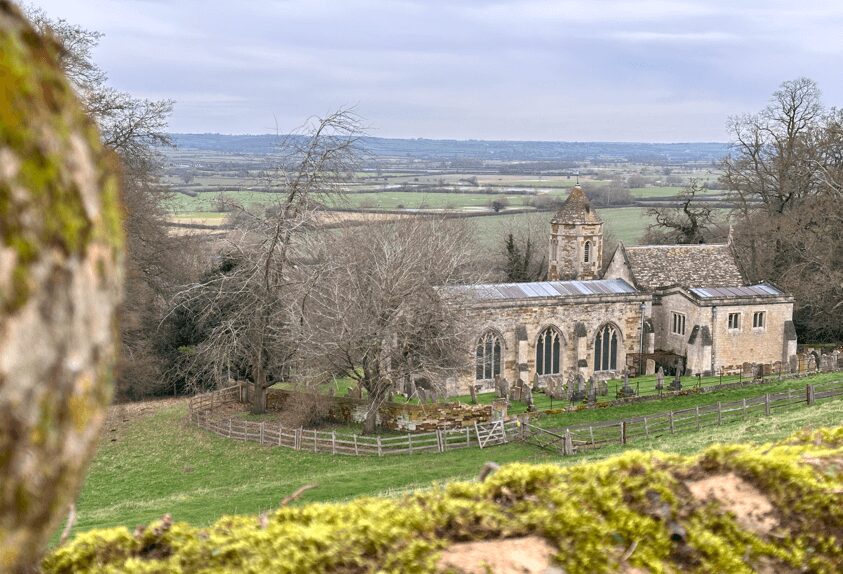
Image © The Tudor Travel Guide.

Image © The Tudor Travel Guide.
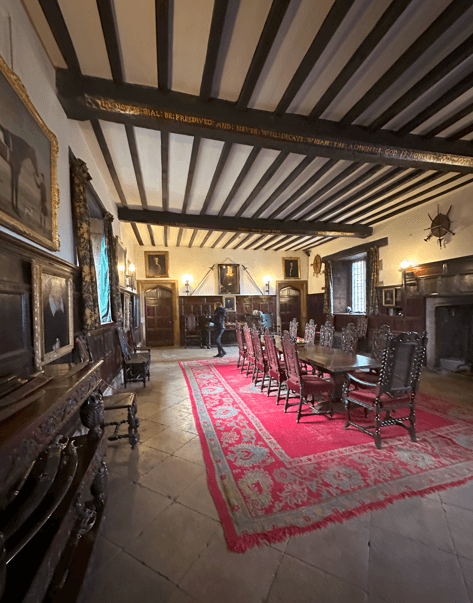
Image © The Tudor Travel Guide.
Image © The Tudor Travel Guide.
Useful Links
Visiting information for Rockingham Castle is here.
If you would like to visit other Tudor locations nearby, Kirby Hall and Lyddington Bede House are within 5 miles.
Slightly further afield, within 15 miles are Witchcote Chapel (contains a set of early sixteenth-century stained glass windows) and St Martin’ s Church, Stamford (burial site of William Cecil, Lord Burghley).
In the nearby county of Cambridgeshire and less than 30 miles away, you can visit Kimbolton Castle and Buckden Towers.
In Leicestershire:
King Richard iii Visitor Centre (26 miles)
Leicester Cathedral (26 miles)
Peterborough Cathedral (30 miles)
Bosworth Battlefield Heritage Centre (37 miles)

